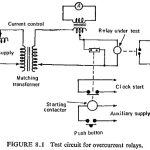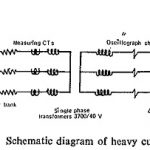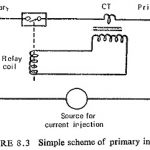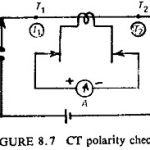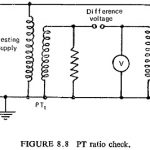Testing and Maintenance of Protective Gear Articles:
Classification of Relay Testing: Classification of Relay Testing are usually conducted to demonstrate that: the relay will operate correctly to clear a fault; and the relay will remain inoperative on faults outside its specified zone. To ensure correct operation of relay, it is advisable … (Read More)
Testing of Overcurrent Relay: Test benches are used for proving the design characteristics of relays. These are provided with accurate timing apparatus and calibrated current and voltage supplies. The basic circuit for Testing of Overcurrent Relay is shown in Fig. (8.1). The … (Read More)
Heavy Current Test Plant: Heavy Current Test Plant – Simulating the exact fault conditions as would occur in practice is a difficult and a tedious job. The plant for providing the current for these tests as pointed out earlier ought to … (Read More)
General Methods of Testing Protective Gear: The General Methods of Testing Protective Gear are namely, Primary Injection, Secondary Injection, Measurement of Time, Primary Injection: These tests are limited by the manner in which current can be passed through the primary winding of the current transformers of … (Read More)
Current Transformer Tests: Current Transformer Tests are generally mounted in the switchgear when it is delivered to site and may not be easily accessible. The normal tests which are carried out can easily be performed with the CTs mounted in the … (Read More)
Potential Transformer Tests: The three Potential Transformer Tests are namely, Polarity check, Ratio check and Phasing check. Polarity check: Polarity check in Potential Transformer Tests is performed in the same way as that for a CT. If the PT is of the capacitor type … (Read More)
